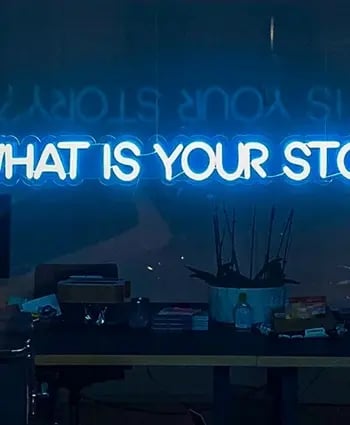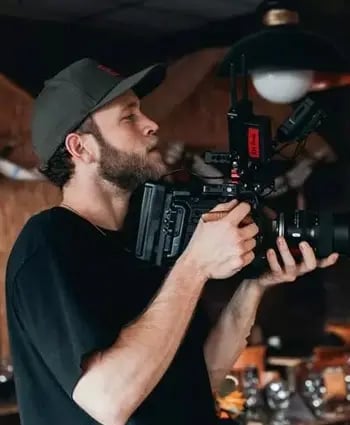Navigating Cultural Nuances in Animated Video Production
Explore animated video production with a focus on cultural nuances. Create globally resonating content.
Animation has a universal appeal, but what resonates in one culture might not necessarily strike a chord in another. As animators and video producers, understanding and incorporating cultural nuances is crucial.
It ensures that the animated content is not only relatable but also respectful of its intended audience. This article delves deep into the importance of recognising and navigating cultural nuances in animated video production.
1. The Power and Influence of Culture
Culture shapes our beliefs, values, and perceptions. It influences the stories we tell, the heroes we admire, and even the colours we associate with emotions. In animation, a small oversight regarding cultural norms can change the intended meaning, leading to misinterpretation or, worse, offence.
-
Symbols and Icons: In animation, symbols play a significant role. However, a symbol that's positive in one culture can have negative connotations in another. For example, the owl is considered wise in Western cultures but can symbolise foolishness in some Indian traditions.
-
Colours and Meanings: Colours too carry cultural weight. While white might represent purity and peace in the West, it's often associated with mourning in many Eastern cultures.
2. Respecting Traditions and Practices
To create authentic and respectful animated content, producers must immerse themselves in the traditions and practices of the culture they're depicting.
-
Festivals and Celebrations: Highlighting festivals unique to a particular culture can add depth to the narrative. However, it's crucial to depict them accurately, avoiding stereotypes or trivialisation.
-
Clothing and Accessories: Traditional clothing, whether it's the Japanese kimono or the African dashiki, should be represented accurately, avoiding any form of appropriation.
3. Language and Dialects
Language nuances extend beyond just translations. The dialect, tone, and even the rhythm can change the meaning and sentiment of a dialogue.
-
Idioms and Phrases: Some idioms might not have a direct translation in other languages, so it's essential to be aware and adapt accordingly.
-
Lip Syncing: If a video is dubbed in multiple languages, attention to lip syncing can make the dialogue appear more natural.
4. Stereotypes and Representation
One of the biggest pitfalls in any form of media, including animation, is resorting to stereotypes. It's essential to create multi-dimensional characters that represent the depth and diversity of the culture.
-
Diverse Characters: Including characters from various backgrounds, ages, and abilities ensures a richer narrative and broader appeal.
-
Avoiding Tropes: Overused tropes can be lazy and offensive. Ditch the clichés and strive for authenticity.
5. Collaborate and Consult
The best way to ensure authenticity is to collaborate with people from the culture you're depicting. They can provide invaluable insights and feedback.
-
Cultural Consultants: Engaging experts or cultural consultants during the production can help navigate sensitive areas.
-
Feedback Loops: Before finalising the animation, get feedback from native audiences to ensure the content resonates well.
Animation has the power to transcend borders and communicate universally. By weaving in cultural nuances with sensitivity and respect, animated content can truly resonate with global audiences. It’s all about celebrating diversity, understanding different perspectives, and telling stories that reflect the rich tapestry of our global community.

Written by Emily Malone Marketing Manager for Venture — a full-service video production agency that specialises in producing creative videos & campaigns that get real results.





















